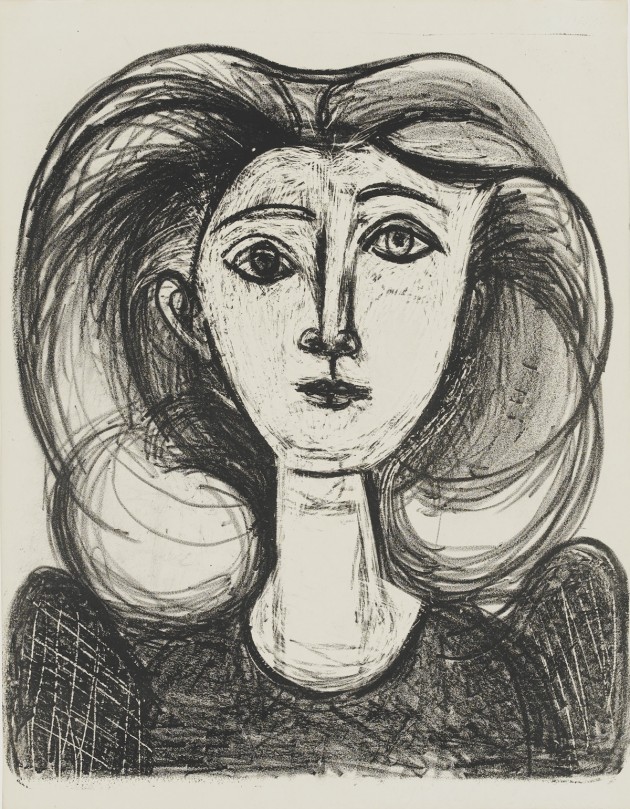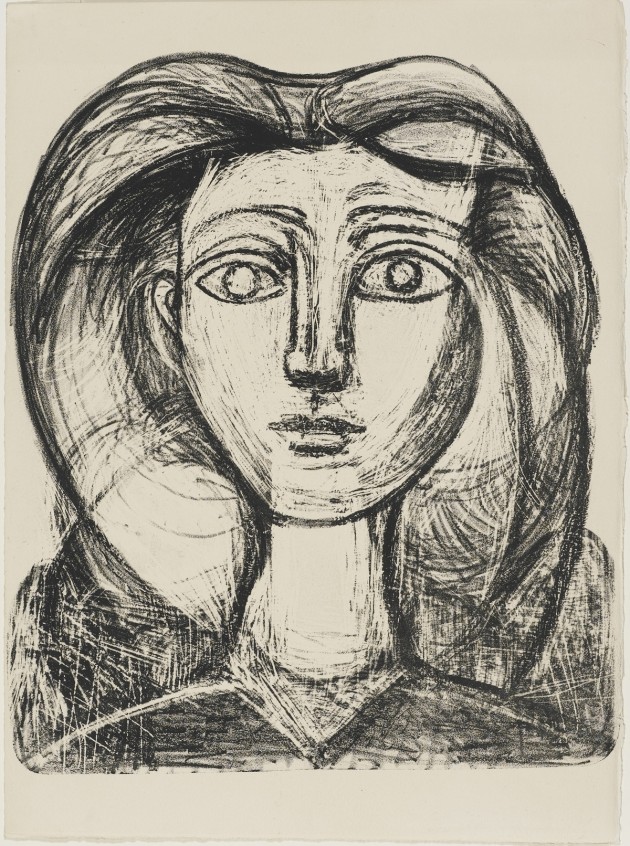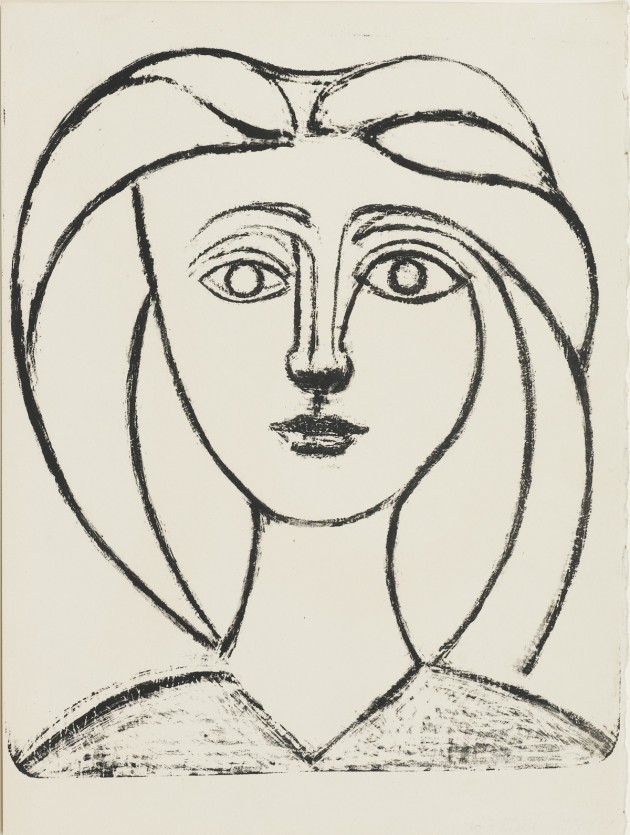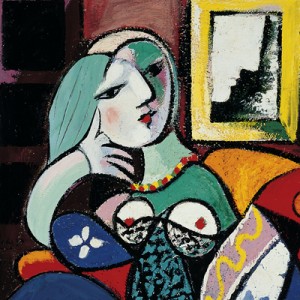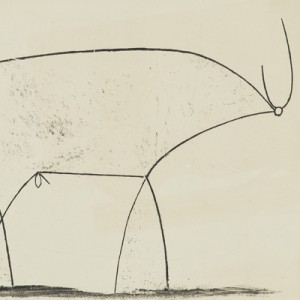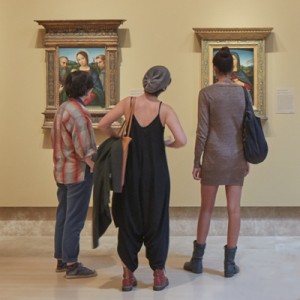States of Mind: Picasso Lithographs 1945–1960
By the end of the Second World War, Pablo Picasso had reached what he called “the moment... when the movement of my thought interests me more than the thought itself.” This new interest in “movement”—the successive permutations of an artistic statement—found its most remarkable expression in Picasso’s practice as a printmaker. Whereas oil paintings inevitably covered their tracks, concealing the process of their making under layers of opaque color, prints—especially lithographs—promised to record their own development through sequential stages, charting the movement of their maker’s thoughts from state to state. Picasso could work up a design, print it (in a first state), rework it, and print it again (in a second state), repeating the process two or ten or twenty times to chart the metamorphoses of a particular compositional idea. Drawing on the Norton Simon Museum’s holdings of over 700 Picasso prints—among the deepest collections of its kind anywhere in the world—States of Mind traces the evolution of individual compositions from the 1940s and 1950s through multiple states, subtle adjustments, and radical revisions.
On November 2, 1945, with France still under a provisional government and groceries still rationed in Paris, Picasso walked into the Mourlot Frères lithography shop in the rue de Chabrol. “He arrived as though he were going to battle,” the firm’s director, Fernand Mourlot, later recalled, and indeed the demands Picasso would place on Mourlot’s master printers were without precedent. He had produced only a few dozen lithographs in the 1910s and 1920s—all more or less conventional in their approach—but the designs he brought to Mourlot’s shop were far more daring, incorporating grattage, collage and mixed media. “How could anyone possibly print from that?” demanded Gaston Tutin, one of Mourlot’s master printers, calling the artist’s disregard for proper lithographic technique “a monstrosity.” But, cajoling along his reluctant collaborators, Picasso swiftly and decisively transformed the practice of lithography, producing 185 plates over the next three years and more than 400 by the end of the 1960s. SHOW MORE

